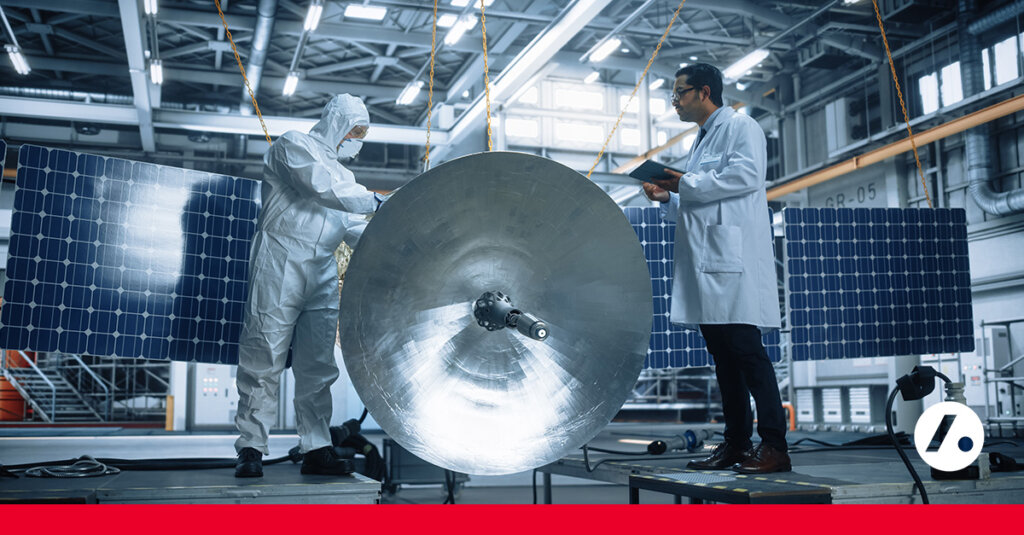
Renewable Energy Industry Outlook for 2024
The renewable energy sector is in the midst of rapid growth, projected to increase employment opportunities by 40% through 2030.
This expansion is fueled by advancements in technology, and it’s creating a rising demand for specialized labor to address the industry’s skills gap, with staffing solutions playing a crucial role in meeting this need. Industry trends also highlight the varying labor market dynamics and the operational challenges faced by staffing firms globally. This evolving landscape presents numerous opportunities for stakeholders in the renewable energy market.
Growth Trends and Predictions
Employment Growth:
- The renewable energy industry is estimated to grow by 8% in 2024, 9% in 2025, and a further 40% by 2030.
- It is projected that the industry will add close to 10 million new jobs over the next seven years.
Technological Impact on Employment:
- Solar energy is leading the growth, expected to generate close to 75% of all new jobs in the renewable space through 2030.
- Wind power follows, anticipated to contribute 15% of all new jobs within the same period.
Geographical Highlights:
- China is currently the dominant force in renewable energy employment, hosting 33% of all industry workers.
- The United States, Brazil, and India also have significant renewable energy workforces, with India noted for its rapid development and modernization of utilities infrastructure.
Sector-Specific Trends:
- The solar sector accounted for 44% of all renewable jobs in 2023 and continues to see the fastest growth due to both utility-scale and individual consumer installations.
- Wind energy, particularly offshore, is expanding due to its labor-intensive nature and the development of specialized equipment required for installations.
These statistics underline the growth and dynamic changes within the renewable energy industry, highlighting both the expanding employment opportunities and the technological advancements driving these trends.
Technological Advancements and Their Impact
Two key trends in technology are expected to continue to drive industry growth:
Solar Photovoltaics (PV):
Solar PV technology is contributing to rapid growth in this industry for its rapid adoption and significant impact on job creation within the renewable energy sector. The use of solar power is growing faster than any other type of renewable due to its scalability—from individual consumer installations to large-scale utility projects. This growth is supported by the decrease in costs and improvements in panel efficiency, making solar PV a dominant force in renewable energy expansion.
Wind Power Technology (Offshore and Onshore):
Wind power, particularly offshore wind, is contributing to substantial growth and the development of specialized installation vessels and equipment. Offshore wind installations are becoming more common due to their higher efficiency and greater power generation capacity compared to onshore installations. The advancement in turbine technology, which includes larger and more efficient turbines, has significantly reduced the cost of wind energy, promoting further expansion of this sector.
These advancements are pivotal as they not only enhance the efficiency and reduce the costs of renewable energy sources but also create numerous employment opportunities across the globe, particularly in manufacturing, installation, and maintenance.
Labor Market Dynamics
The record buildout of renewables and domestic supply chain requires growing and training a workforce with the right skills. Generative AI is also reshaping talent needs.
- Over the past two years, clean energy jobs have grown 10%, at a faster pace than overall US employment.
- There are currently 3.3 million clean energy jobs, the majority of which are in energy efficiency (68%), followed by renewable generation (16%), clean vehicles (11%), and storage and grid (5%)
An analysis from Deloitte reveals significant skill gaps in key roles within the industry. At the same time, the educational pipeline for training the necessary workforce indicates potential challenges in talent supply.
Generative AI is also influencing the renewable energy workforce, particularly in the solar and wind power generation sectors, which feature five of the top 10 most AI-intensive occupations.
Developers are adapting to these workforce trends by focusing on:
- Upskilling the existing workforce
- Creating purposeful, high-wage, credentialed jobs with portable skills and clear upwardly mobile career paths
- Collaborating with partners such as educational institutions, trade schools, workforce solutions, high school career academies, and technical training groups to invest in new talent
Future Outlook and Challenges
Economic Impact
Initiatives like the IRA, IIJA, and CHIPS Act are forecasted to create approximately 19 million job-years over their lifetimes, translating to around 3 million jobs annually.
Workforce Composition
The majority of these new jobs (more than two-thirds) will be accessible to individuals without a bachelor’s degree, offering higher median wages compared to the general workforce. However, benefits and unionization rates are generally lower, with notable underrepresentation of women and minorities.
Sector-Specific Challenges
The construction sector, crucial for the buildout of renewable infrastructure, faces a workforce shortage of half a million, potentially hindering progress. At the same time, the mismatch between job postings and available talent continues to widen, with a 20% increase in green job postings versus an 8.4% increase in available talent in 2022.
Technological Integration
Generative AI is transforming job roles, especially in engineering and administrative functions within solar and wind power generation. This shift demands new skills and adaptation among the workforce.
Geographical and Sectoral Gaps
Skill gaps persist across vital roles and regions for the renewable energy industry, particularly in newer sectors like clean hydrogen, which anticipates creating over 300,000 direct jobs.
These industries are developing workforce plans to address these gaps as part of broader strategies.




